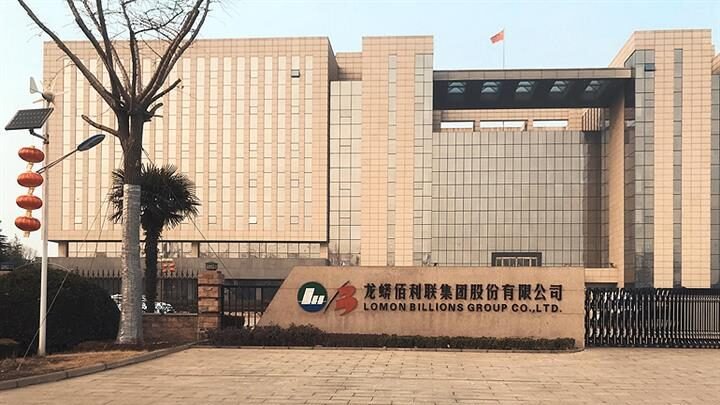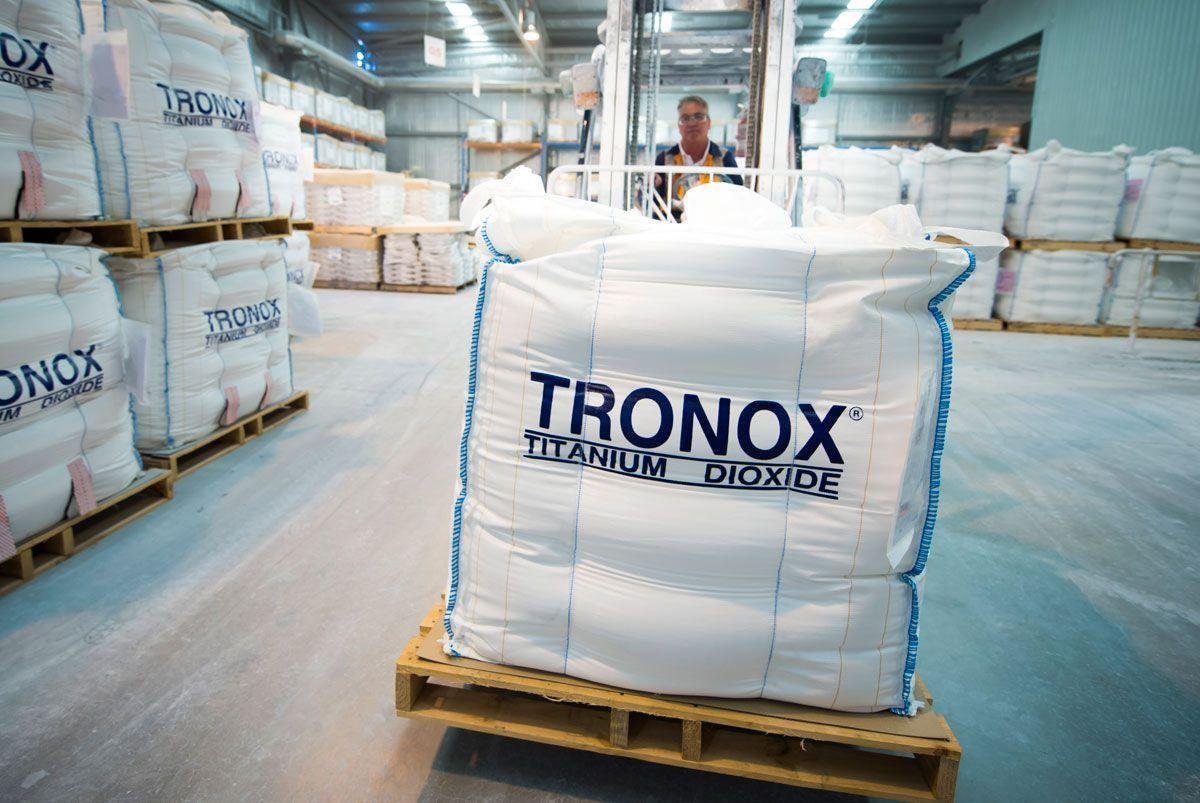
On the morning of June 14th, the stock price of Lomon Billions Group (002601.SZ) plummeted and hit the lower limit, with a drop of nearly 9% by the noon close. This decline far exceeded other titanium dioxide producers such as Anada (092136.SZ) and CNNC Hua Yuan Titanium Dioxide (002145.SZ), whose fluctuations did not exceed 2%.
At the same time, the titanium dioxide spot market did not show any significant changes that day, with the spot prices of rutile titanium dioxide and chloride process titanium dioxide remaining flat compared to the previous day.
Regarding the abnormal fluctuation of Lomon Billions’ stock price, the company responded that it might be due to the recent changes in European tariffs, and there were no other undisclosed situations that should have been disclosed within the company.
A company spokesperson said they did not currently have plans to issue a separate announcement to address this tariff issue.
Zheshang Securities cited EU documents, stating that the draft anti-dumping duties on Chinese titanium dioxide showed that a 39.7% tariff would be imposed on Lomon Billions and its subsidiaries, a 14.4% tariff on CNNC Hua Yuan Titanium Dioxide, and a 39.7% tariff on other companies. This tariff policy exceeded market expectations, which were generally around 10%-20%.
In November last year, the EU announced on its website the initiation of an anti-dumping investigation into titanium dioxide products imported from China. At the time, industry insiders analyzed that Chinese titanium dioxide companies, relying on their high-quality products and stable batches, had already gained a certain market share overseas, and the EU launched this anti-dumping investigation to restrict the export of Chinese titanium dioxide.
In fact, the export volume of Chinese titanium dioxide has indeed increased in recent years. Affected by international market demand and industry operating conditions, some large foreign companies such as Chemours and Tronox have withdrawn some of their production capacity, leading to an expansion of China’s titanium dioxide production capacity share.
Data shows that China’s titanium dioxide export volume exceeded 1 million tons in 2019 and reached 1.64 million tons by 2023. From 2021 to 2023, the proportion of China’s titanium dioxide exports accounted for 34.5%, 39.13% and 41.07% respectively, showing an upward trend year by year, and the export growth rate also exceeded the production growth rate.
In terms of export destinations, Europe is the second-largest market after Asia, with Asia accounting for 52% and Europe accounting for 21% of China’s titanium dioxide exports. Lomon Billions’ annual report pointed out that this is mainly because Asia, as an emerging titanium dioxide consumption region, with the rapid development of the construction industry in countries like India, Vietnam, and Indonesia, has driven strong demand; while in Europe, due to environmental and cost factors, the competitiveness of local companies has declined, leading to an increase in import volume.
As the world’s largest titanium dioxide producer and China’s largest exporter, Lomon Billions’ overseas business has contributed about 40% of its revenue in recent years. For example, in 2023, its revenue from overseas markets reached 10.99 billion yuan, accounting for 41.06% of its total revenue. In the previous three years, the company’s overseas market revenue accounted for 45.24%, 39.2% and 38.77% respectively.
Zheshang Securities analysis pointed out that Lomon Billions exports approximately 150,000 to 200,000 tons of titanium dioxide to Europe each year. In the worst-case scenario, if the company completely loses the European market, it is estimated that this would have a 150-200 million yuan impact on its profits.
However, based on Lomon Billions’ financial data, its titanium dioxide sales volume in 2023 was close to 1.16 million tons, and the gross profit margin of its overseas market was 24.76%, slightly lower than the 28.79% level in the domestic market. Additionally, the company’s net profit for the past three years has not fallen below 3.2 billion yuan, and analysts believe that the actual impact of this tariff issue on the company is not too significant.
Furthermore, the above analysis also pointed out that Lomon Billions can further reduce the impact of this tariff policy by adjusting its export destinations in the future.




